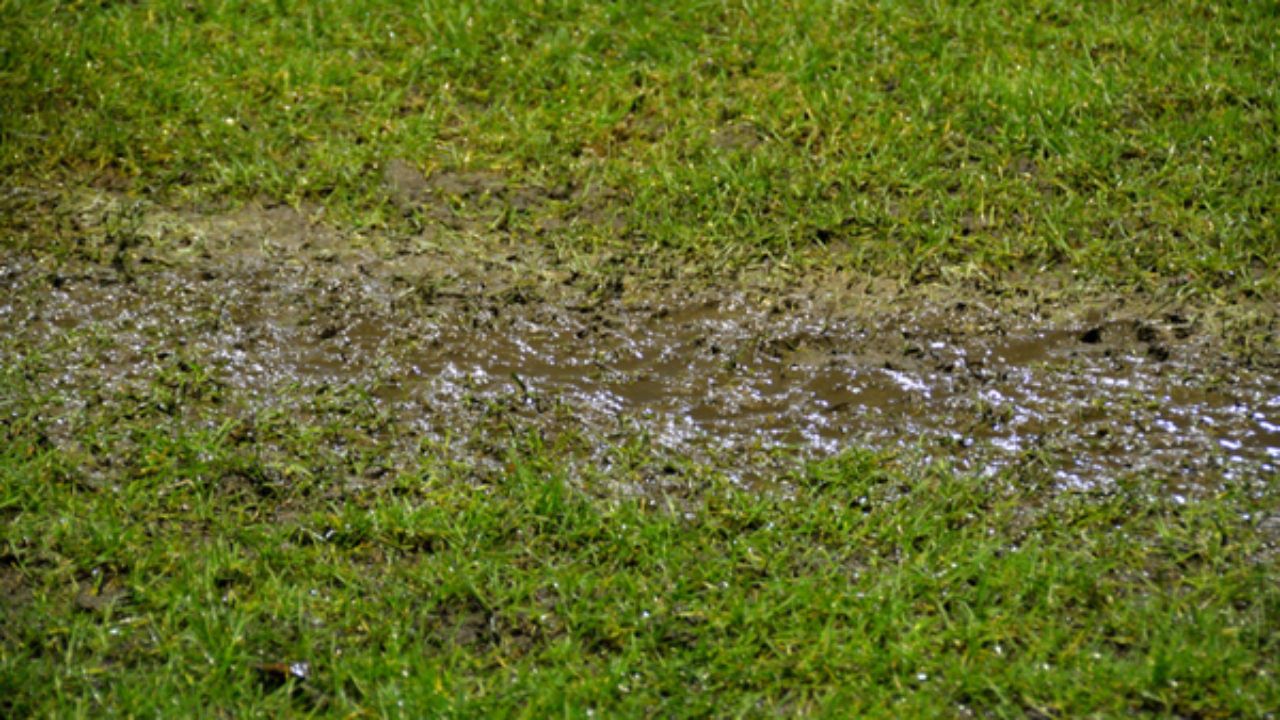6 Ways to Find Concealed Water Leakages in Your House
6 Ways to Find Concealed Water Leakages in Your House
Blog Article
They are making several great observations on Hacks to detect leaks in general in this post below.

Early discovery of dripping water lines can reduce a prospective calamity. Some little water leakages might not be visible.
1. Examine the Water Meter
Every home has a water meter. Inspecting it is a proven manner in which helps you discover leaks. For starters, shut off all the water sources. Guarantee no one will flush, use the faucet, shower, run the cleaning equipment or dish washer. From there, most likely to the meter and watch if it will alter. Given that no person is using it, there should be no movements. If it relocates, that shows a fast-moving leakage. Similarly, if you discover no changes, wait a hr or more and examine back again. This suggests you might have a sluggish leak that can even be underground.
2. Examine Water Intake
If you spot abrupt changes, despite your usage being the same, it implies that you have leakages in your plumbing system. A sudden spike in your expense indicates a fast-moving leak.
A constant rise every month, even with the very same routines, shows you have a sluggish leakage that's additionally gradually rising. Call a plumber to thoroughly examine your home, specifically if you really feel a cozy location on your flooring with piping underneath.
3. Do a Food Coloring Test
When it comes to water intake, 30% comes from commodes. If the shade somehow infiltrates your dish during that time without flushing, there's a leak between the storage tank and dish.
4. Asses Exterior Lines
Don't fail to remember to examine your exterior water lines also. Test spigots by affixing a yard hose. Ought to water permeate out of the link, you have a loosened rubber gasket. Change this and guarantee all connections are limited. If you have actually got a sprinkler system, it will certainly help get it skillfully examined and also kept every year. One little leakage can throw away tons of water and increase your water bill.
5. Assess the circumstance as well as examine
House owners must make it a behavior to inspect under the sink counters and also also inside cupboards for any kind of bad odor or mold growth. These 2 warnings indicate a leak so punctual interest is required. Doing routine inspections, even bi-annually, can save you from a significant trouble.
Examine for discolorations and compromising as many home appliances and also pipelines have a life span. If you believe dripping water lines in your plumbing system, don't wait for it to rise.
Early detection of leaking water lines can alleviate a potential calamity. Some little water leakages may not be visible. Examining it is a guaranteed means that helps you discover leaks. One tiny leakage can lose tons of water and increase your water expense.
If you think dripping water lines in your plumbing system, do not wait for it to intensify.
WARNING SIGNS OF WATER LEAKAGE BEHIND THE WALL
PERSISTENT MUSTY ODORS
As water slowly drips from a leaky pipe inside the wall, flooring and sheetrock stay damp and develop an odor similar to wet cardboard. It generates a musty smell that can help you find hidden leaks.
MOLD IN UNUSUAL AREAS
Mold usually grows in wet areas like kitchens, baths and laundry rooms. If you spot the stuff on walls or baseboards in other rooms of the house, it’s a good indicator of undetected water leaks.
STAINS THAT GROW
When mold thrives around a leaky pipe, it sometimes takes hold on the inside surface of the affected wall. A growing stain on otherwise clean sheetrock is often your sign of a hidden plumbing problem.
PEELING OR BUBBLING WALLPAPER / PAINT
This clue is easy to miss in rooms that don’t get much use. When you see wallpaper separating along seams or paint bubbling or flaking off the wall, blame sheetrock that stays wet because of an undetected leak.
BUCKLED CEILINGS AND STAINED FLOORS
If ceilings or floors in bathrooms, kitchens or laundry areas develop structural problems, don’t rule out constant damp inside the walls. Wet sheetrock can affect adjacent framing, flooring and ceilings.
https://www.servicemasterbyzaba.com/blog/how-to-detect-water-leakage-in-walls/

As a devoted reader about Finding hidden leaks, I imagined sharing that excerpt was worth the trouble. For those who appreciated our blog post if you please be sure to share it. Bless you for your time. Kindly pay a visit to our blog back soon.
Report this page